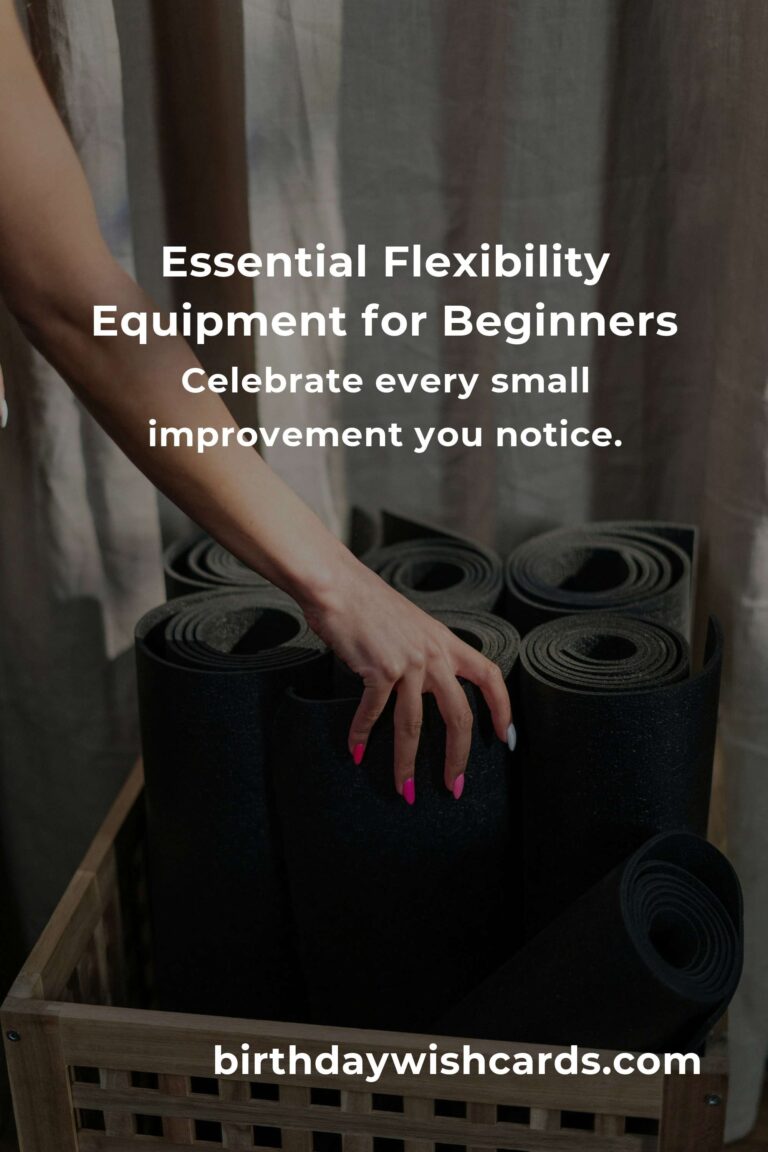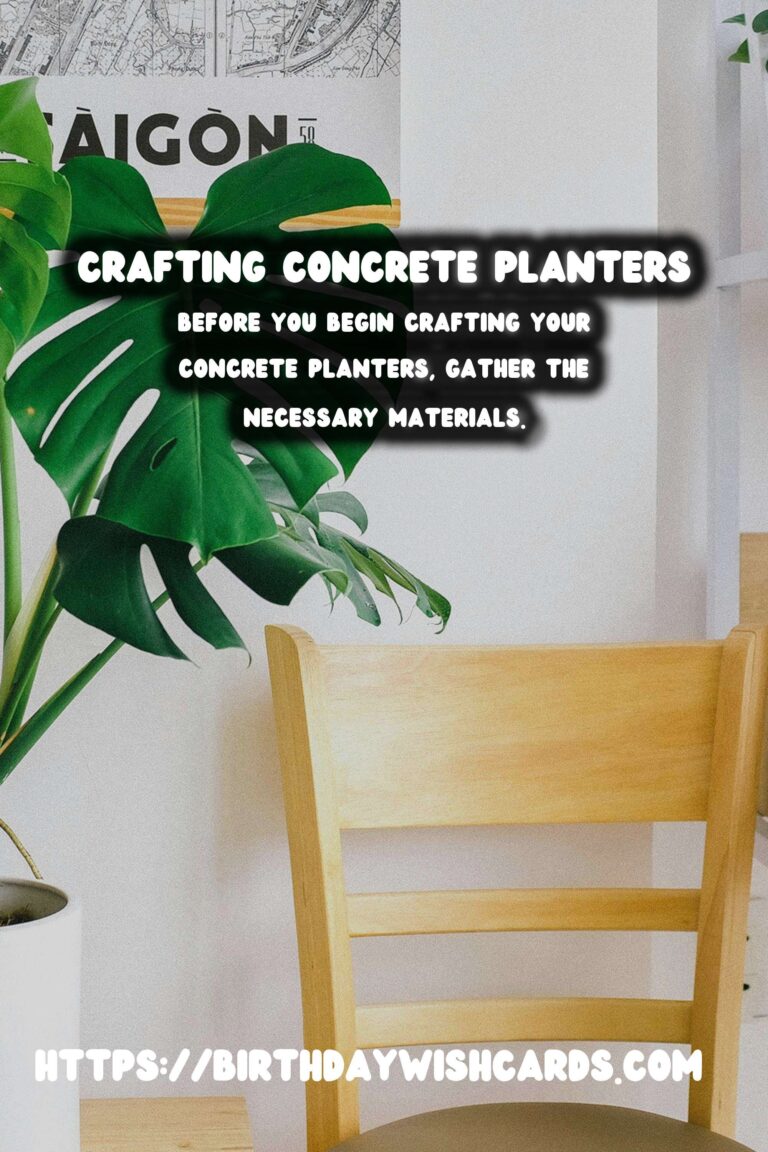
Concrete planters are a stylish and durable option for showcasing your succulent arrangements. Their modern aesthetic and sturdy build make them an excellent choice for both indoor and outdoor displays. In this guide, we will walk you through the process of creating your own DIY concrete planters, perfect for housing your favorite succulents.
Materials Needed for DIY Concrete Planters
Before you begin crafting your concrete planters, gather the necessary materials. You will need:
- Portland cement
- Sand or fine gravel
- Water
- Mixing container
- Molds (plastic containers or silicone molds)
- Cooking spray or mold release spray
- Protective gloves
- Sanding block or sandpaper
Ensure that you have all these items on hand to streamline the creation process.
Step-by-Step Guide to Making Concrete Planters
1. Prepare Your Workspace
Find a well-ventilated area to work in and cover your workspace with plastic or newspaper to catch any spills. Make sure to wear protective gloves to prevent skin irritation from the cement.
2. Mix the Concrete
Combine the Portland cement, sand or fine gravel, and water in your mixing container. The general ratio is 1 part cement to 3 parts sand or gravel, with enough water to create a thick, pudding-like consistency. Stir until the mixture is smooth and free of lumps.
3. Prepare the Molds
Coat the inside of your chosen molds with cooking spray or mold release spray to ensure easy removal of the hardened concrete. This step is crucial in preventing the concrete from sticking to the mold.
4. Pour the Concrete
Carefully pour the concrete mixture into the molds, filling them to the desired height. Tap the molds gently to release any trapped air bubbles, which can cause imperfections in the finished planter.
5. Create Drainage Holes
While the concrete is still wet, insert a straw or a similar object into the center of the mold to form a drainage hole. This step is important for the health of your succulents, as it allows excess water to escape, preventing root rot.
6. Allow to Cure
Let the concrete cure for at least 24-48 hours, depending on the size of the mold and environmental conditions. Avoid moving the molds during this time to ensure the concrete sets properly.
7. Remove the Planters
Once the concrete has fully cured, gently remove the planters from the molds. If they are difficult to remove, tap the sides of the mold or use a knife to carefully separate the edges.
8. Finishing Touches
Use a sanding block or sandpaper to smooth any rough edges and give your planters a polished look. You can also paint or seal the concrete for added color and protection.
Arranging Succulents in Your Concrete Planters
Now that your planters are ready, it’s time to arrange your succulents. Choose a variety of succulent species to create an interesting and visually appealing display. Consider the size, color, and texture of each plant to achieve a balanced arrangement.
Begin by filling the planter with a well-draining potting mix suitable for succulents. Position your succulents as desired, leaving space between each plant to allow for growth. Water the arrangement sparingly, as succulents require minimal moisture.
Benefits of Using Concrete Planters for Succulents
Concrete planters offer several advantages for succulent enthusiasts:
- Durability: Concrete is a long-lasting material that can withstand various weather conditions.
- Modern Aesthetic: The sleek, contemporary look of concrete complements any decor style.
- Customizable: DIY concrete planters can be made in any shape or size, allowing for personalized designs.
- Temperature Regulation: Concrete’s thermal properties help protect succulents from extreme temperature fluctuations.
By creating your own concrete planters, you can enjoy these benefits while adding a personal touch to your succulent arrangements.
Conclusion
With a few simple materials and steps, you can create beautiful and functional concrete planters for your succulent arrangements. These planters not only enhance the aesthetic appeal of your plants but also provide the ideal environment for them to thrive. Start your DIY project today and enjoy the satisfaction of crafting your own unique planters.
Concrete planters are a stylish and durable option for showcasing your succulent arrangements. Before you begin crafting your concrete planters, gather the necessary materials. Allow the concrete to cure for at least 24-48 hours, depending on the size of the mold and environmental conditions. Concrete planters offer several advantages for succulent enthusiasts, including durability and a modern aesthetic. 
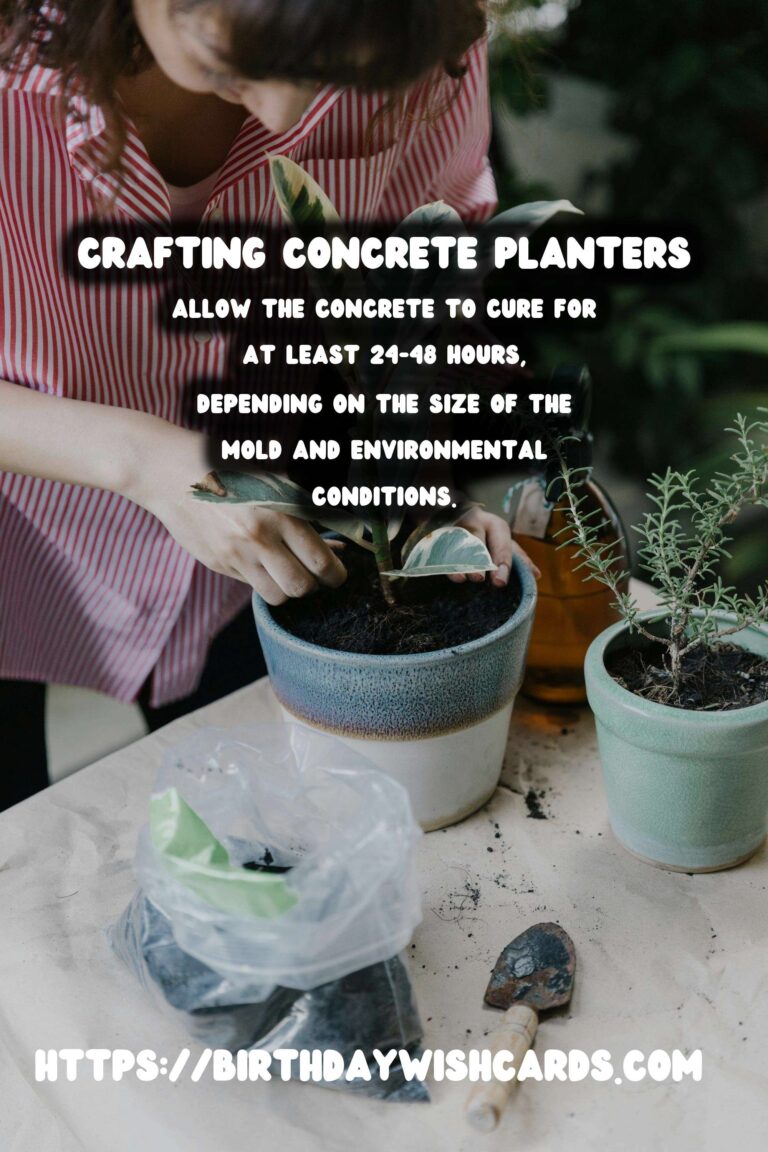
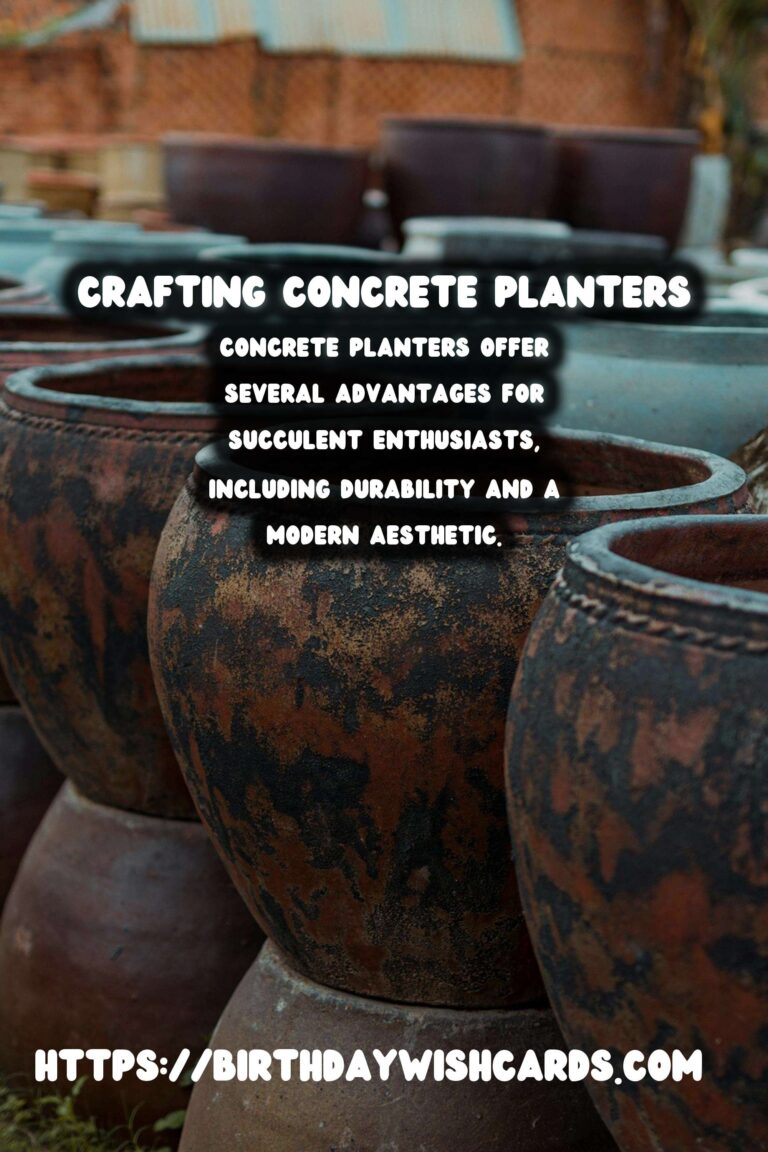
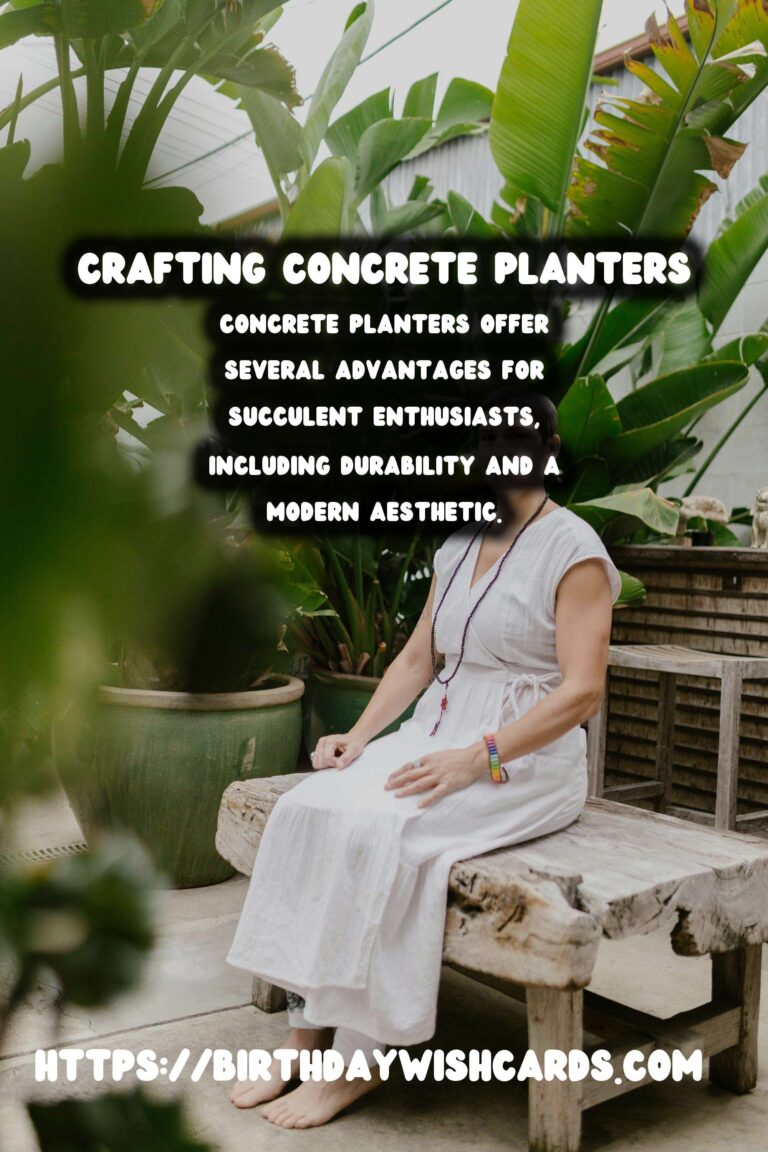
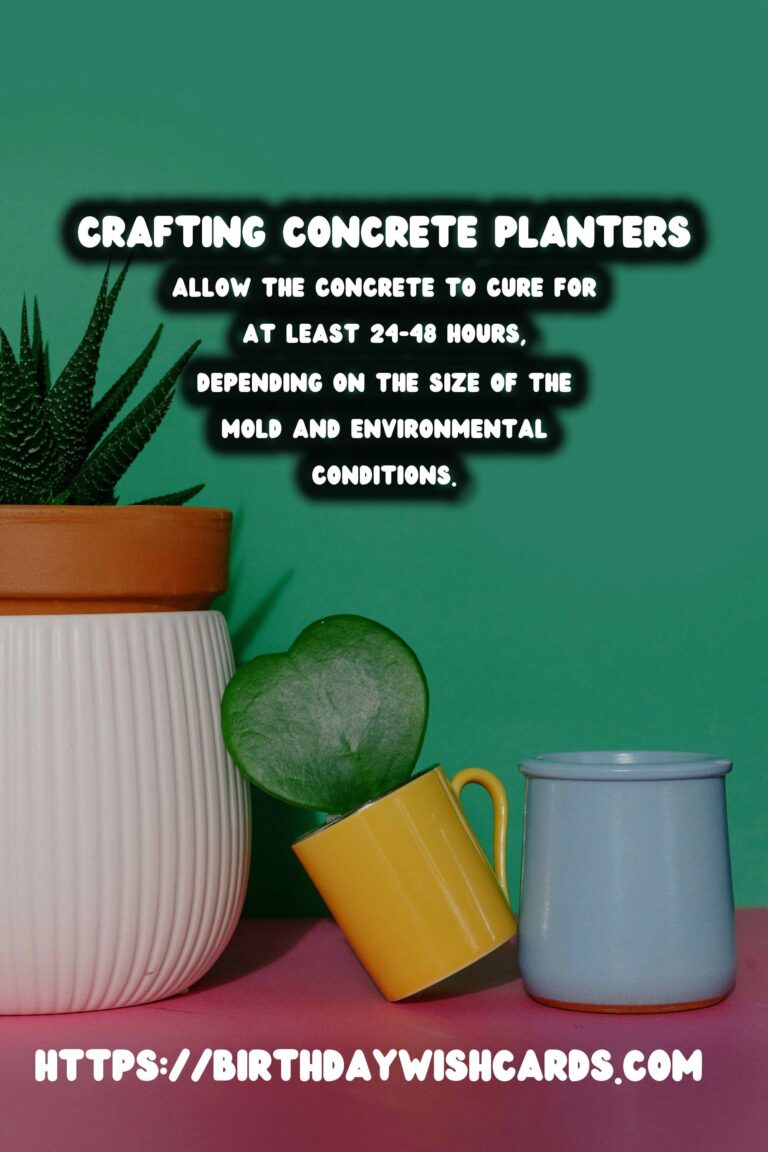
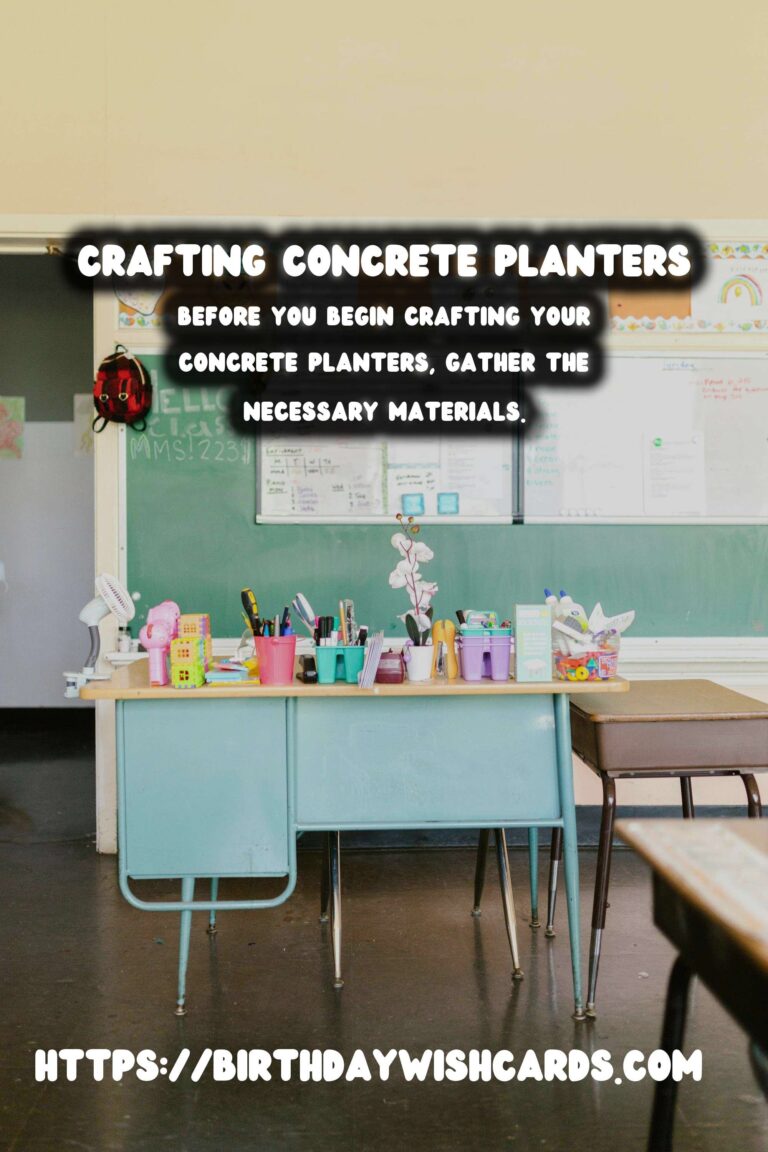
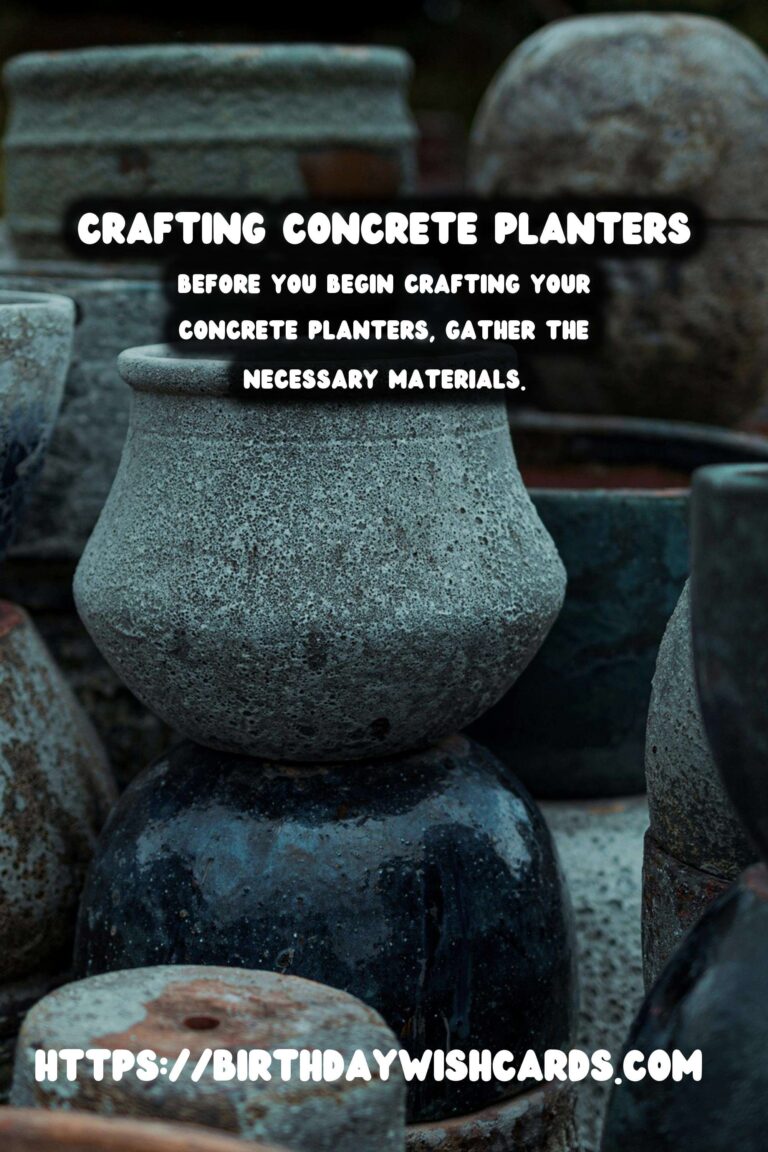
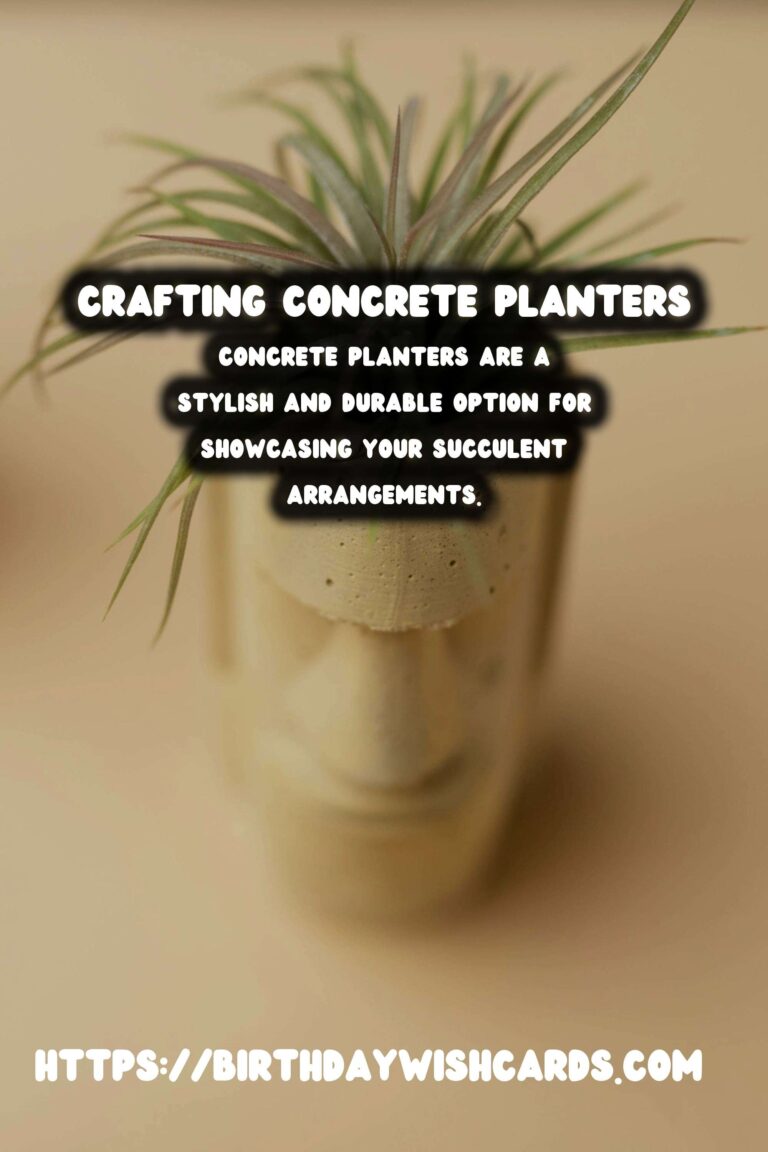
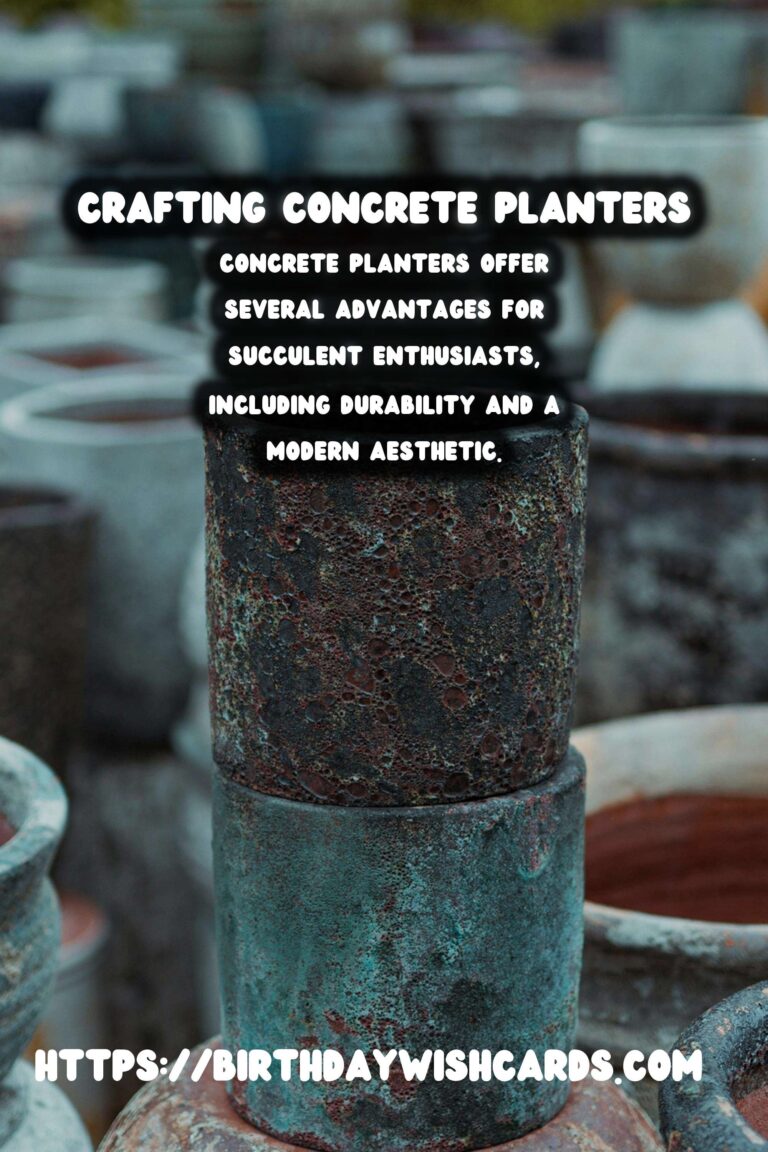
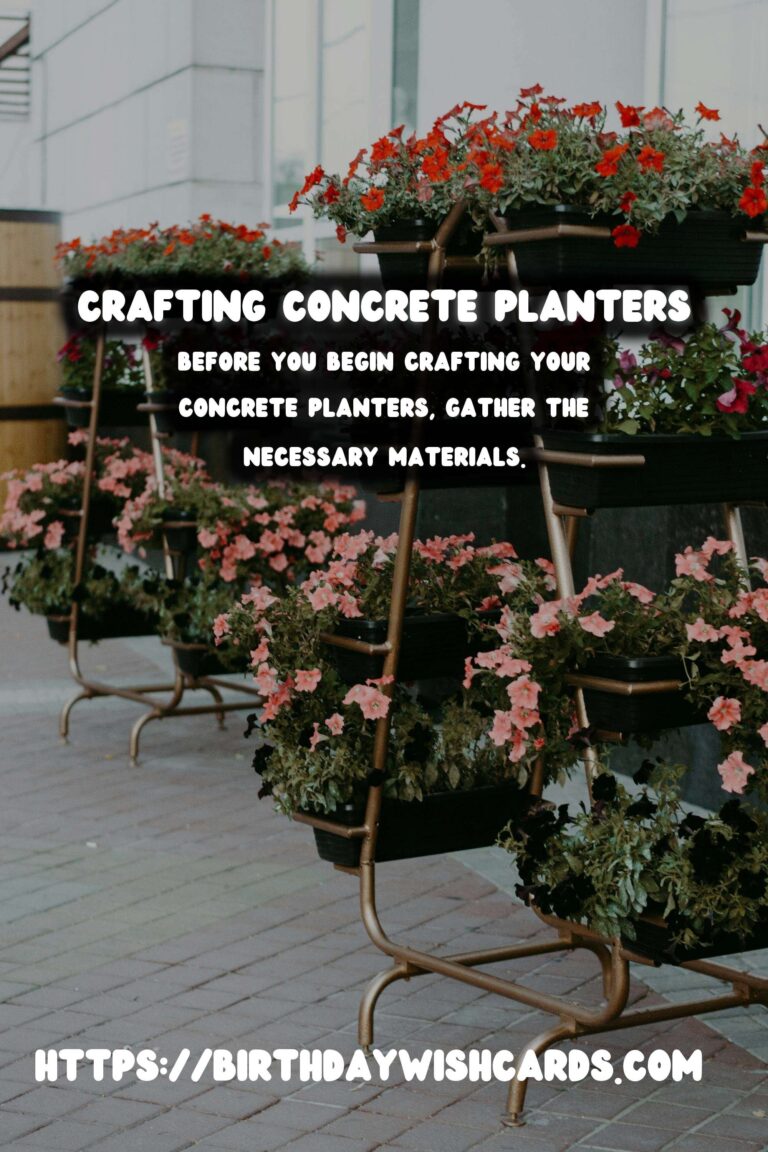
#DIY #ConcretePlanters #Succulents #Gardening #HomeDecor



